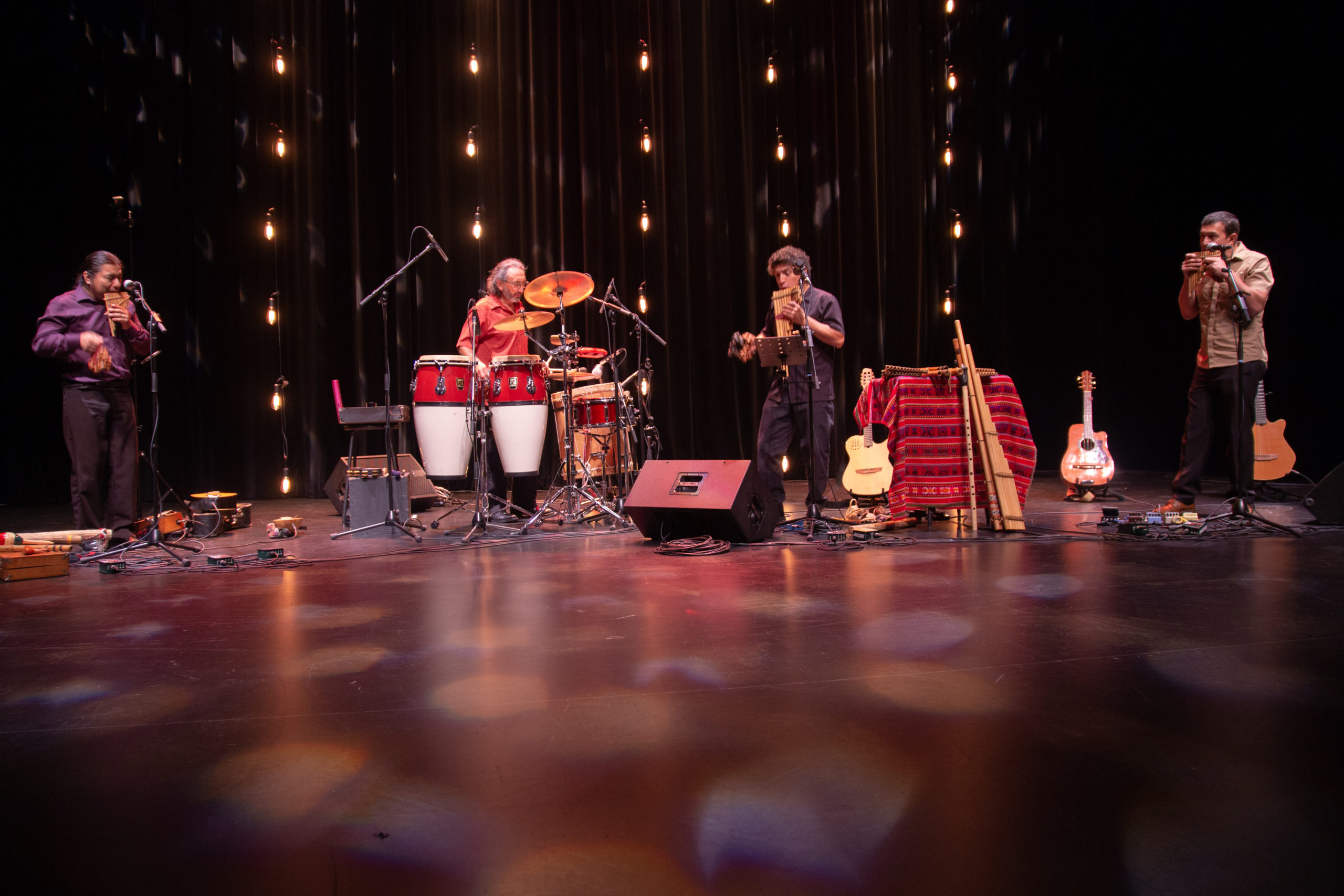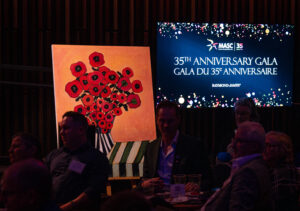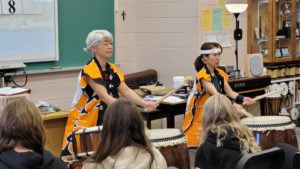Interview: Musician Alvaro de Minaya of Colores Andinos
By Jessica Ruano | December 2, 2021

This interview was originally published on Apt613.ca
Colores Andinos is an original musical exploration into Latin-Andean fusion. Each member specializes in different instruments and has extensive experience performing with other international Latin American groups in Europe and in the Americas. Their repertoire includes original and arranged traditional songs, blending Native Andean rhythms and contemporary influences such as salsa, cumbia, bossa-nova and jazz. But what makes Colores Andinos a unique group is its sound produced by the encounter of different multicultural roots, experiences and musical backgrounds.
In this interview, Alvaro de Minaya talks about the group’s formation in Ottawa, and how the local music community has grown in the past 25 years.
MASC: Colores Andinos members come originally from Chile, Ecuador, El Salvador, and Peru, and you came together as a group in 1997. How did the four of you connect, and what has kept you making music together for close to 25 years?
Alvaro de Minaya: We met in Ottawa in different bands before starting Colores Andinos. Our Latin American common background let us quickly became close friends. I think that when musicians get together to make music it creates this feeling of complicity and cooperation that get them closer on several levels, in our case adding that to the fact that it was also for us a time to connect with our culture living in Canada. The joy of sharing our music and culture with the people here is always something that we want to do as long as we can.
Aside from working as professional musicians, the members of Colores Andinos have all followed very different paths in life. Could you share a little about what the members’ lives look like outside the group?
We have very different activities outside of the band. Jacinto Anguaya owns a shop in the Byward Market. Luis Abanto is Director of Spanish B.A. at the University of Ottawa. Rudy Rivera is a Social Worker in the area of mental health, and I am a full-time professional musician playing with the Gatineau Symphony Orchestra and different bands and ensembles in the region.
In the years that you’ve been making and sharing music, what have you observed about the music community in Ottawa? What has changed, and what do you imagine happening next?
The music community in Ottawa has grown a lot in the time I have been living here; it has become more vibrant and exciting. The pandemic has been a real problem and I think that the music scene will recover, but very slowly. And I’m not referring to the big events that have grants and funding, but for the small gigs and concerts that are the basis of a healthy cultural life. That will take time.
What do you gain through offering your workshops in schools and in the community?
Offering my workshops through MASC has given me so many opportunities to play Latin American rhythms with even more people and share our South American culture. One of the things that I find really interesting is when the kids at school start playing as a group. I mean, when the groove starts to happen as a group after a chaotic beginning, you can see reflected in their faces that feeling of being part of something bigger, something interconnected that is working—and that goes for adults, too. Sometimes I have given my workshops in shelters, for people in a very dire situation and the joy that they demonstrate for that little moment in time is something that fulfills me greatly.
Colores Andinos at Queen Elizabeth Elementary School in 2018.
…you can see reflected in their faces that feeling of being part of something bigger, something interconnected that is working.
During the pandemic we’ve had the option of live streaming our performances through a Video On Demand that includes a post-show live conversation with the audience. That has been a great creative solution that MASC has come up with and has helped to maintain connections between schools, senior residences and the artists through this difficult year.
Why do you think it’s important for our local community to have access to professional artists?
Professional artists have, through practice and study, perfected their understanding of their art. They have gained an intimacy with the art and a skillset that takes a lot of years to develop. Because of that, they can share and perform with insight, making the experience meaningful. They can pinpoint the essential aspects that are more important to communicate.
Latest News
View All Articles



